My mention of the Himalayan Poppy (Meconopsis) in relation to my visit to Branklyn Garden a couple of weeks ago has raised a few questions.
Specifically, is this the right time to sow Meconopsis seed? The answer is no.
Collecting seeds
If you aim to collect seeds from growing plants, wait a while yet and as I may have mentioned before, it will depend on the variety or species because the seed from some plants may be sterile.
That said, if you have Meconopsis plants in the garden with seed heads maturing, plan to collect the seeds and have a go.
Setting apart these uncertainties relating to viability, be aware that, from time to time, having difficulty with germinating Meconopsis seeds may be due to timing.
Keep an eye on the seed pods as the flowers fade, cutting them off before they start to split open. Stick the pods in a brown paper bag and hang it up in the garden shed or garage until the pods ripen fully when the seed will fall into the poke.
In late August, sow the seeds in a soilless compost with added sharp sand for drainage and place the containers in a shaded cold frame.
Vulnerable seedlings
The seeds germinate quite quickly and can be pricked out into cells to become established before winter really sets in.
During this time, the seedlings are vulnerable to disease, especially if we have a muggy, wet autumn.
Mine remain in the cold frame, which is kept well ventilated at all times.
These plants come from the Himalayas for goodness sake, it’s not the cold that will kill them, it’s the wet.
Where people have difficulty with this timing, the alternative is to store the seeds dry and in a cool place until spring when they might need to be sown in the greenhouse with a minimum temperature of 14C to 15C.
Wimbledon
To another topic, this time, related to the Wimbledon tennis tournament.
The full name should, of course, be lawn tennis, because match upon match has been played on a grass surface and didn’t they look immaculate?
There must be a veritable army of greenkeepers on night shift for a fortnight’s duration, such was the immaculate state of every court every morning.
I wonder what my old boss John Warwick at Auchincruive would think.
That is where I was taught to mow extensive lawns in a different fashion, or should I say direction.
Our lawns were cut once each week, not daily, on the Thursday to be precise.
The timing was quite important because Friday would be the back-up day if Thursday was wet, but it was also the day for clipping edges, weeding and raking paths.
Why? A legacy from the old days when everything had to be tickety-boo for the laird’s inspection on a Saturday morning.
Striped lawns
Take one section of lawn, cut round the perimeter once, turn round through 180 degrees and cut the next swathe going in the opposite direction.
Then turn through 180 for the third bout to create space (the headland or heidrig as it might be called in these parts) to turn the mower as the main area was cut in parallel bouts away and back, giving that striped effect.
To finish, I was taught to do the three bouts around the perimeter again, to be sure to collect any clippings and marks created by the mower as it was turned.
I still do that to this day. (To be correct it is more often one of the family who does it for me but they dare not alter the technique.)
The point of the story being, by changing the direction of travel from say north/south to east/west, on alternate weeks, you have a much more even cut.
That logic doesn’t apply at Wimbledon, it would appear that the grass is shaved every morning, just like my chin, and always in the same pattern.
Tonic feed
To a more serious point, lawns that are being cut regularly might be needing a bit of a tonic feed at this time to keep them looking lush and green and believe it or not, you may well be advised to put the sprinkler on afterwards to be sure the feed gets carried down to the roots.
Thoughts about feeding plants at this time turn to the many growing in growbags, containers, pots, etc.
They may be needing a weekly feed because of their restricted root run. A general, all-purpose liquid feed containing N, P and K is the answer.
N for nitrogen to encourage new growth, P for phosphate to help stimulate the root system and K (don’t ask me why) for Potassium which relates to improved quality, flower colour and flavour.
As ever, please follow the instructions on the packaging.
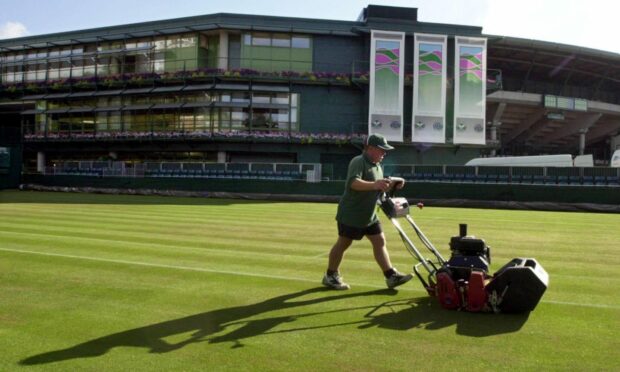
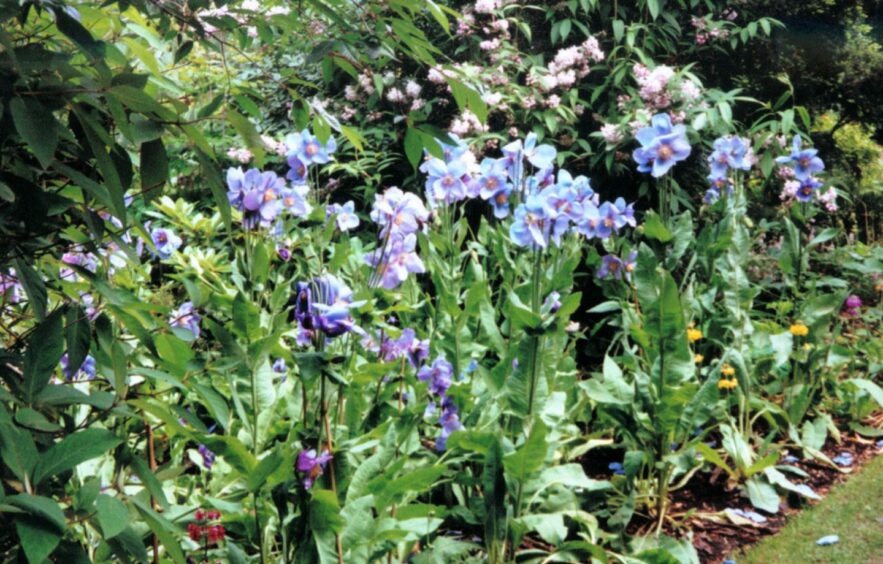

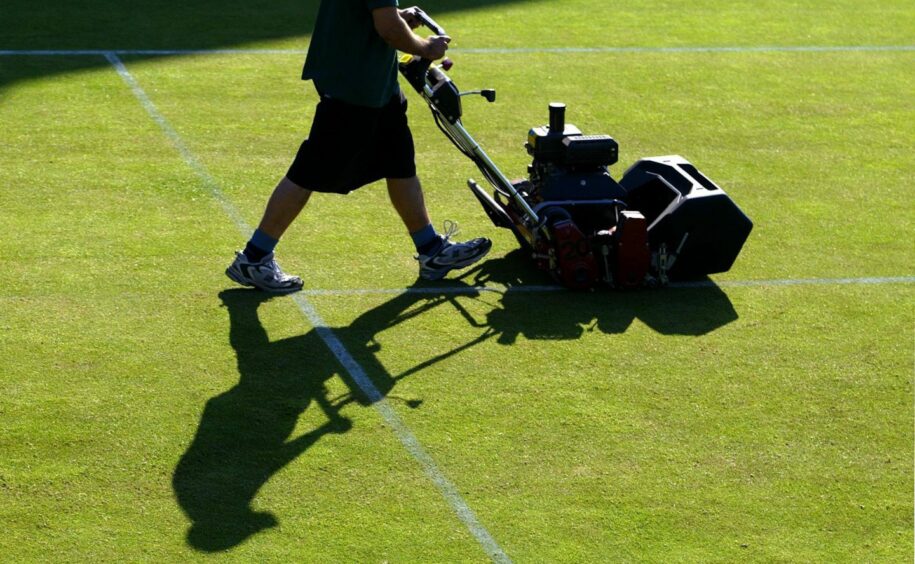
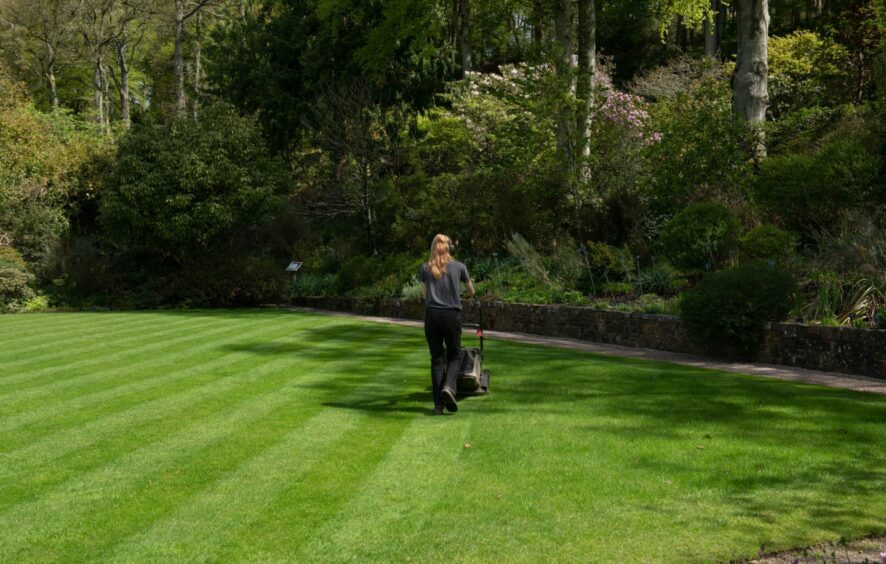
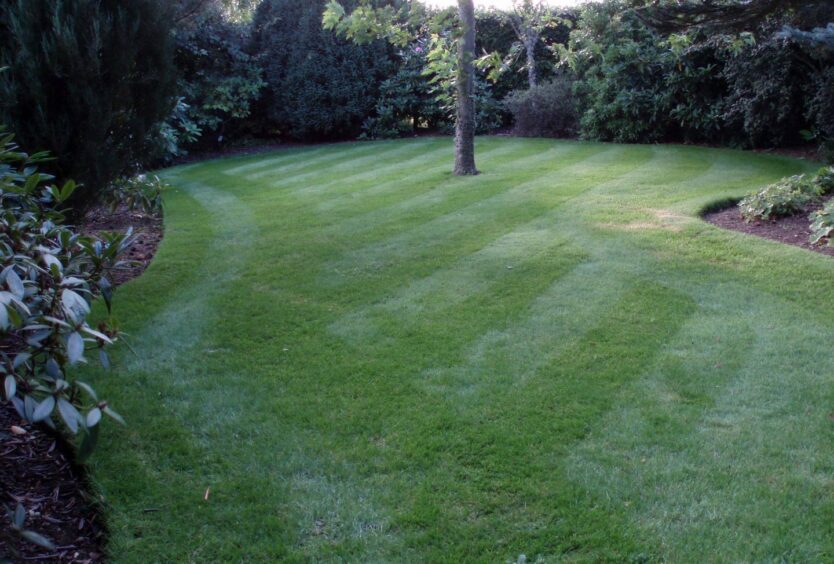
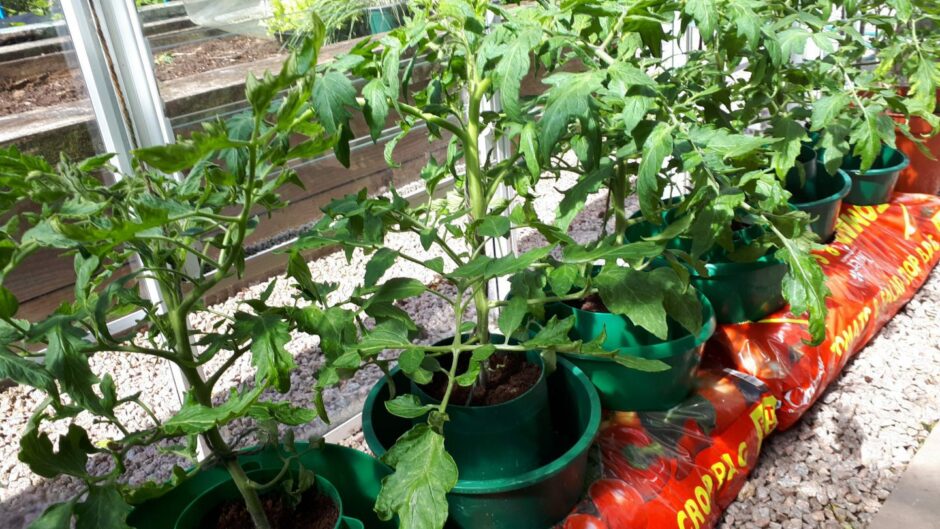
Conversation